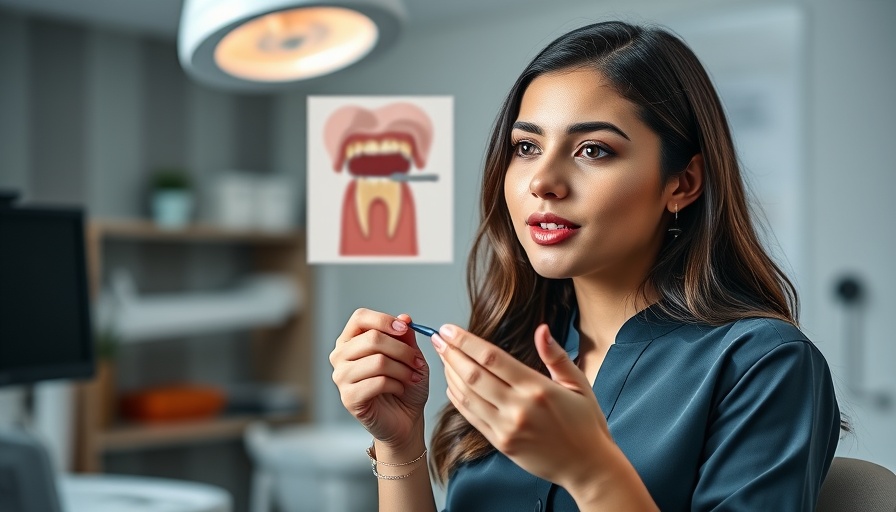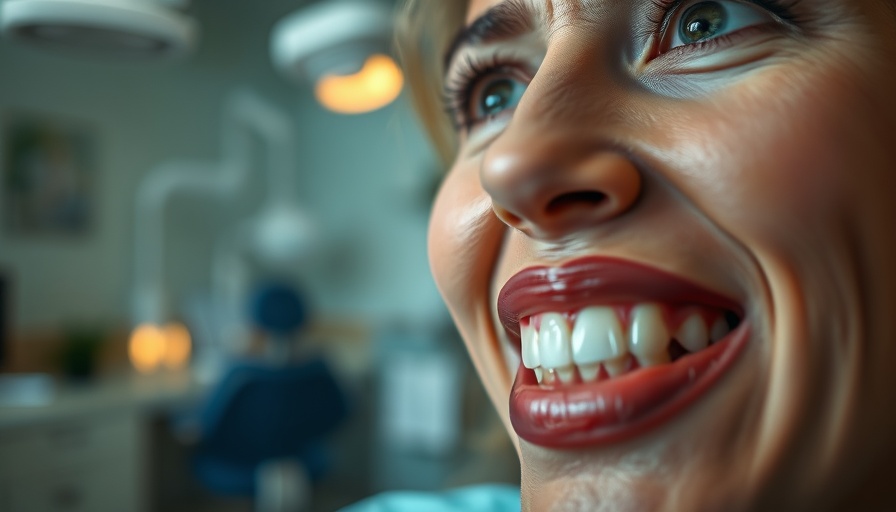
Understanding Tooth Polishing: The Basics
Many people wonder whether visiting the dentist for a tooth polishing will result in visibly whiter teeth. The quick answer is: not quite. Polishing primarily focuses on removing surface stains, which can certainly enhance the appearance of your teeth, making them look brighter and smoother. This procedure is beneficial for those who consume staining beverages like coffee, tea, or red wine. However, if your goal is to achieve a *brighter* smile with noticeable shades of whiteness, then dental polishing alone won’t cut it.
In 'can polishing teeth whiten them? #shorts,' the implications of dental polishing for tooth whiteness are examined, prompting us to further explore how to achieve the brightest smile possible.
The Science Behind Polishing vs Whitening
Dental polishing involves using a fine-grit toothpaste or special polishing compounds to buff the enamel. While it does effectively remove superficial stains, it doesn’t alter the actual color of the teeth. In contrast, professional teeth whitening products, typically containing peroxide, are designed to penetrate deeper into the tooth structure itself. This deep whitening process can lead to significant color changes, whereas polishing merely enhances the existing color by eliminating surface gunk.
The Role of Professional Teeth Whitening
For noticeable whitening results, various options are available. Whitening strips, trays, gels, and in-office procedures can all be employed to achieve shades of whiteness that polishing simply cannot provide. These products work by breaking down deeper stains rather than just polishing over the enamel surface.
Optimizing Your Dental Routine: A Two-Step Approach
To get the most effective whitening results, it’s recommended to follow a two-step approach. First, schedule a dental cleaning to remove plaque and surface stains. The dental hygienist will polish your teeth, which prepares them for the next phase—whitening. Only after ensuring the enamel is clean and smooth can the whitening agents properly penetrate, resulting in an optimal whitening effect.
Maintaining Your Smile: Tips for Longevity
Once you achieve your desired level of whiteness, maintaining that radiant smile is key. Here are a few tips:
- Regular Cleanings: Book biannual cleaning appointments to keep your enamel clean and bright.
- Limit Staining Foods and Drinks: While it’s hard to give up coffee or red wine, moderation can help keep those stains at bay.
- Use Whitening Toothpaste: Incorporate a whitening toothpaste into your daily routine for continual upkeep.
- Consider Touch-Up Treatments: If your whitening starts to fade, touch-ups every few months can help maintain your smile's brilliance.
When to Consult with Your Dentist
If you have ongoing concerns about the color or health of your teeth, consult your dentist. They can provide personalized recommendations and treatment options tailored to your oral health needs. Whether it’s determining the appropriate whitening treatment or addressing sensitive teeth issues, a professional evaluation can help guide your decisions.
In conclusion, if you want whiter teeth, it’s important to understand that while polishing fingernails is practically cosmetic, true whitening demands a more comprehensive approach. By ensuring your enamel is not just clean but also primed for whitening, you can achieve the dazzling smile you’ve always wanted.
 Add Row
Add Row  Add
Add 




Write A Comment